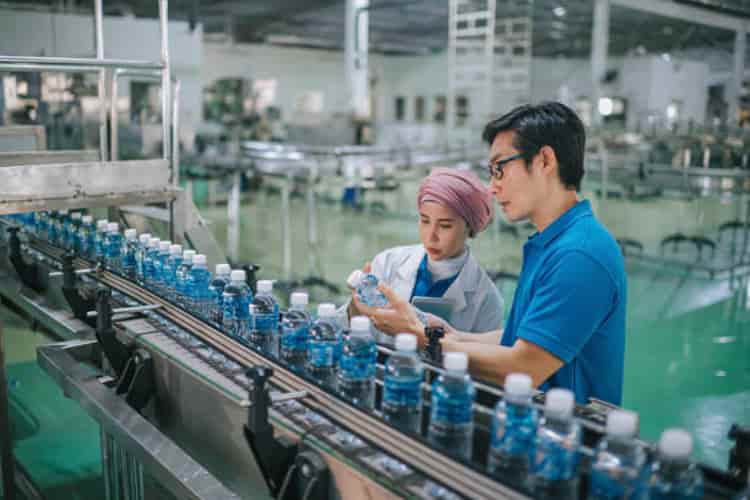
Manufacturing is a complex and multi-faceted industry, as it involves the production of large quantities of goods and materials for distribution. As such, health and safety considerations are an essential part of any manufacturing business. It is important to ensure that the health and safety of employees are maintained in order to prevent injury or illness whilst on the job. This article will provide an overview of key health and safety considerations in the manufacturing sector, including workplace hazards, risk assessments, and personal protective equipment (PPE).
Legal Responsibility
It is essential for all employers within the sector to be aware of their legal responsibilities regarding employee health and safety, which should be outlined in detail within relevant legislation. Additionally, employers should take proactive steps to educate staff on health and safety risks, as well as provide the necessary resources to ensure their safety in the workplace.
Workplace Hazards
The first step that employers should take is to identify potential hazards within their workplace. This could include anything from enclosure manufacturing machinery and equipment to chemicals or even physical conditions such as heat or cold. Once these potential hazards have been identified, risk assessments should be carried out in order to determine how employees can best be protected from any risks associated with them. These risk assessments should involve identifying what type of hazard is present and then assessing the likelihood of harm occurring, before taking appropriate action to mitigate it.
Providing Protective Equipment
Employers must also provide relevant personal protective equipment (PPE) for staff members when necessary. PPE includes items such as protective clothing, face masks, gloves, and safety goggles. It is important to ensure that staff members are properly trained in how to use PPE correctly and safely, as well as being aware of when it should be used.
Having Processes in Place
Finally, employers should have processes in place for reporting any health and safety risks or incidents that occur within their workplace. This could involve having a dedicated team or department who will be responsible for investigating any issues raised by employees. Additionally, employers may also consider setting up an incident report system where employees can log any potential hazards they come across during their work day.
Remaining Compliant
By taking the appropriate steps to protect employee health and safety in manufacturing workplaces, employers can ensure they remain compliant with relevant legislation while also providing a safe working environment for their staff. The measures taken should not only be seen as a legal requirement, but also an opportunity for employers to promote a healthy and safe workplace for their employees.
In Closing
Overall, health and safety considerations in manufacturing are essential for the well-being of both workers and businesses alike. By taking proactive steps to identify potential hazards, carrying out risk assessments, providing protective equipment, and having processes in place for reporting incidents, manufacturers can ensure that their workplaces remain safe for everyone involved. When these steps are taken into consideration, manufacturers will benefit from increased productivity and efficiency due to reduced incidents caused by unsafe working conditions.